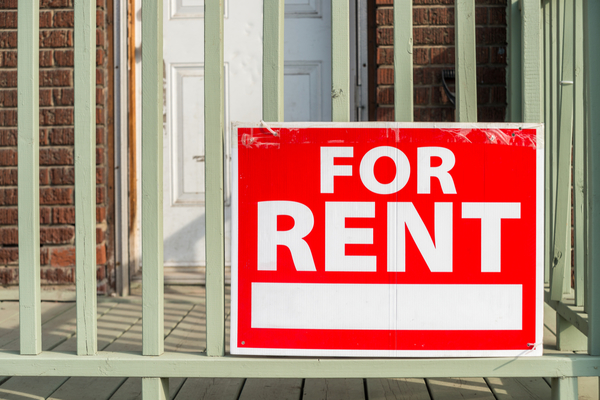You are viewing 1 of your 1 free articles
 Gemma Duggan
Gemma DugganMinisters setting rents will have to balance landlords’ and tenants’ needs
The government will have to consider what is good for housing associations and tenants when the rent reduction policy ends, says Gemma Duggan
 Gemma Duggan
Gemma DugganThe issue of how rents will be set beyond 2020 is still to be settled. There are hints and discussions, but little detail on what a settlement might be.
“Housing providers have to walk the line between their own viability and making homes affordable for those who live in them.”
The Conservative manifesto said the party will “give greater flexibility to housing associations to increase their housing stock, building on their considerable track record in recent years”.
Some have read this as rent flexibility or rent deals. Rumours are swirling of high-level support within the Department for Communities and Local Government (DCLG) for this approach, but those same rumours suggest Treasury may be more comfortable with a return to the previous formula.
It is not clear where the power to determine the agreement will lie. It could be Treasury, it could be DCLG, it could be the Department for Work and Pensions. Setting affordable rents for housing association and local authority tenants is a tricky business.
This is mainly because of a lack of clarity of the definition of ‘affordable’ and to whom. Tenants in work or tenants on benefits? Or is it more important that it be affordable to the housing benefit bill? Or providers’ business and development plans?
The reality is that affordability cannot be viewed as one dimensional – it needs to work in all of these contexts. That means housing providers have to walk the line between their own viability, current management and maintenance, future development, and making homes affordable for those who live in them.
Nevertheless, social housing providers need some certainty to continue to borrow, to build and to deliver on the other promises the manifesto has made.
So, what are the options facing this new government?
Continuation of the 1% reduction
This may have an impact on the sector’s ability to maintain homes and build new ones.
Back to consumer price index (CPI) +1%
In this scenario, the government decides providers have become more efficient and are investing in new homes. It recognises the need to give both certainty and additional capacity to the sector. Government, however, retains control of the rent framework.
Not being given direct control for housing associations would disappoint some in the housing sector, particularly at this time of deregulation, but this approach might ensure increases are focused on funding development and/or maintaining stock. Housing associations will also need to bear the issue of affordability and to whom clearly in mind.
Inflation-only increase, but bespoke deals for housing associations in exchange for volume development
This option is based on the Policy Exchange report A new settlement between government and independent housing associations, in which bespoke deals could be created to give some HAs flexibility over rent in exchange for volume house building.
This may not appeal to all housing associations where affordability is key, but other freedoms may come along with rent freedom, which may increase its appeal. It will also need agreement at a local level on definitions of affordability.
Inflation-only increase, but bespoke deals for devolved authority areas linked to development commitments
This is the same scenario as above, but the deals would be for local authorities, arm’s-length management organisations and housing associations in specific combined authority areas.
Inflation only or CPI plus 1% for housing associations, while local authorities can access bespoke deals for development
The Conservative manifesto specifically mentioned local authority deals in terms of increasing the number of fixed-term council houses and meetings on these proposals are still going ahead – part of the pilot projects for this proposal is based on looking at freedom to raise rents.
For many local authorities, the low rent levels are as much of a barrier to development as the borrowing cap.
Rent freedoms and flexibility
In this scenario, there would be full flexibility for all social landlords. Four in five housing association respondents to a National Housing Federation consultation at the end of last year said rent freedom would allow them to better meet their long-term objectives.
But with this control also comes responsibility. The worry is that without controls, housing associations will shift away from their traditional client groups and therefore away from their social purpose.
Gemma Duggan, senior consultant, Altair












